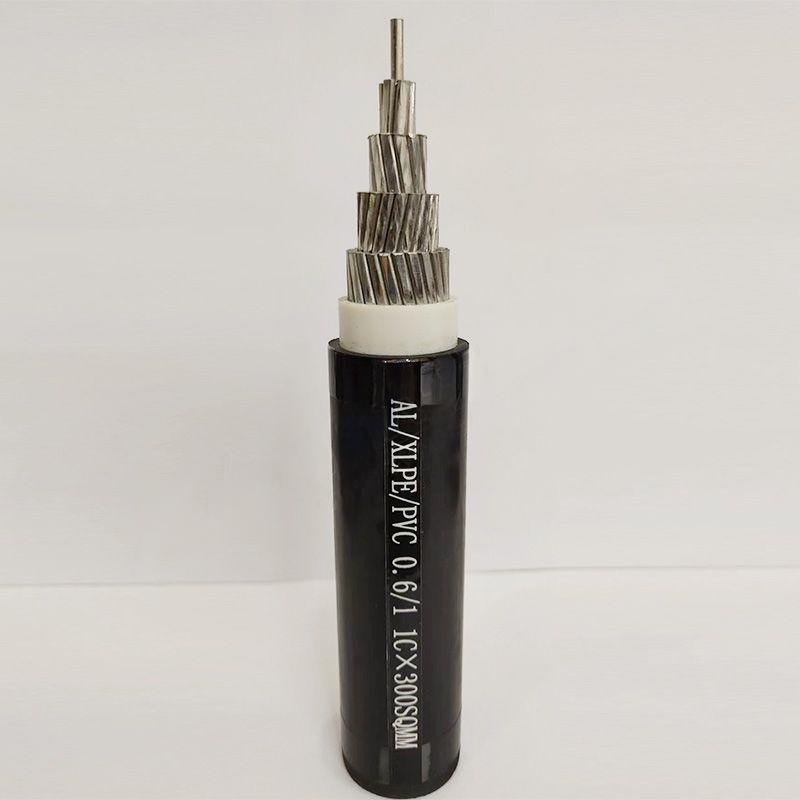10 月 . 11, 2024 23:51 Back to list
Actuated Ball Valve Systems for Efficient Fluid Control and Management Solutions
Understanding Actuated Ball Valves An Overview
In the world of industrial automation and fluid control systems, the actuated ball valve has emerged as a pivotal component. Combining the robust design of ball valves with the precision of automated actuation, these devices play an integral role in a variety of applications, from water treatment plants to oil refineries. This article delves into the fundamentals of actuated ball valves, their construction, operation, benefits, and applications.
What is an Actuated Ball Valve?
An actuated ball valve is a type of ball valve that is controlled by an actuator, which can be either electric, pneumatic, or hydraulic. A standard ball valve consists of a spherical disc with a hole through the center, which allows for the control of fluid flow through a pipe. When the ball is rotated, the opening either aligns with the flow (open position) or is perpendicular to it (closed position). The integration of an actuator automates this process, enabling remote control and enhancing operational efficiency.
Components of Actuated Ball Valves
The core components of an actuated ball valve include the valve body, the ball, the actuator, and the handle or control signal mechanism.
1. Valve Body The valve body is made from durable materials such as stainless steel, brass, or plastic, allowing it to withstand high pressures and corrosive environments.
2. Ball The ball is precision-engineered to provide a tight seal and is typically made from materials like stainless steel or Teflon-coated brass.
3. Actuator The actuator drives the operation of the valve. Electric actuators use motors to turn the valve, while pneumatic actuators utilize compressed air to move the valve into position.
4. Control System This may include a variety of sensors, controllers, and feedback mechanisms that ensure the valve operates correctly based on predefined parameters.
How Do They Work?
Actuated ball valves operate by converting a control signal into mechanical motion. When a control signal is sent—whether from a manual switch, a programmable logic controller (PLC), or an automated control system—the actuator responds by opening or closing the valve.
- Electric Actuators These devices use electric motors and gears to manage the valve's position. They are favored for their precision and ability to integrate with advanced control systems.
actuated ball valve

- Pneumatic Actuators Utilizing compressed air, these actuators offer rapid operation and are commonly used in larger industrial applications where speed is critical
.- Hydraulic Actuators Similar to pneumatic ones, hydraulic actuators work using hydraulic fluid, providing substantial force and are often employed in heavy-duty applications.
Benefits of Actuated Ball Valves
1. Efficiency Automation reduces the need for manual operation, leading to faster response times and a more efficient process flow.
2. Safety By removing the need for personnel to be present during operation, especially in hazardous environments, actuated ball valves enhance workplace safety.
3. Precision Control The integration of sensors and controls allows for precise flow regulation, ensuring processes are maintained within optimal parameters.
4. Versatility Actuated ball valves can be configured for a variety of applications, including on/off control as well as throttling.
5. Minimal Maintenance Their robust design and fewer moving parts compared to other valve types contribute to lower maintenance requirements and longer service life.
Applications of Actuated Ball Valves
Actuated ball valves have applications across numerous sectors
- Water and Wastewater Treatment They are crucial for controlling the flow of water in treatment processes. - Oil and Gas Industries Their ability to perform under high pressure makes them suitable for pipelines transporting oil and gas. - Chemical Processing Used for controlling the flow of chemicals safely and accurately. - HVAC Systems In heating, ventilating, and air conditioning systems, these valves help regulate fluid flow and temperature.
Conclusion
In summary, actuated ball valves represent a significant advancement in fluid control technology. They offer a combination of reliability, efficiency, and safety that is essential for modern industrial applications. Understanding their operation, benefits, and diverse applications allows engineers and operators to leverage this technology effectively, paving the way for smarter and more efficient operations in various industries. Their role in automation continues to expand, underscoring the importance of actuated ball valves in today’s fluid management systems.
Share
-
Understanding the Differences Between Wafer Type Butterfly Valve and Lugged Butterfly ValveNewsOct.25,2024
-
The Efficiency of Wafer Type Butterfly Valve and Lugged Butterfly ValveNewsOct.25,2024
-
The Ultimate Guide to Industrial Swing Check Valve: Performance, Installation, and MaintenanceNewsOct.25,2024
-
Superior Performance with Industrial Swing Check Valve: The Essential Valve for Any SystemNewsOct.25,2024
-
Industrial Swing Check Valve: The Ideal Solution for Flow ControlNewsOct.25,2024
-
You Need to Know About Industrial Swing Check Valve: Functionality, Scope, and PerformanceNewsOct.25,2024